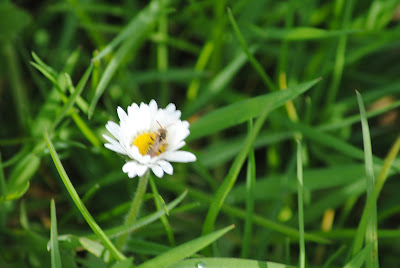This blog may help people explore some of the 'hidden' issues involved in certain media treatments of environmental and scientific issues. Using personal digital images, it's also intended to emphasise seasonal (and other) changes in natural history of the Swansea (South Wales) area. The material should help participants in field-based modules and people generally interested in the natural world. The views are wholly those of the author.
Friday, 7 April 2023
Seeing the Changes 1763
Fauna and flora were busy on the cliff walk between Caswell and Langland. Flowers included Three-cornered leek (Allium triquetrum); Rockcinquefoil (Potentilla rupestris); Carling thistle (Carlina vulgaris); Sun spurge (Euphorbia helioscopia); possible Purple toadflax (Linaria purpurea); Gorse (Ulex europaeus); Sweet violet (Viola odorata) and Blackthorn (Prunus spinosa). The critters were mainly small, single, ground-nesting bees and wasps on the soil banks along the path.
Subscribe to:
Post Comments (Atom)
Flowers of Oahu 177. Sea hibiscus (Talipariti tiliaceum)
This is a varigated variety, known locally as Mahoe.

-
I n the UK and US, a pparently popular and successful vegan/vegetarian restaurants are reportedly closing or adding meat to their menus ( ...
-
Early ripening fruit may seem convenient but some folk think it confirms environmental stress. There's also a possibility th...













%20mating%20NWCW.jpg)


No comments:
Post a Comment